The exhibition on Guido Reni at the Galleria Borghese(Guido Reni. The Sacred and Nature) confronts us with two different but intimately related problems (on which the well-known episode of the damage to Reni’s San Francesco has led us to reflect, but which in fact largely disregard this single event). First of all, this is an exhibition that revolves around a single painting, and therefore could be very small in size, with the protagonist work surrounded by a few comparison pieces. Instead, the exhibition unjustifiably expands to include other paintings by Reni, which are, for goodness sake, splendid, but which have little to do with the Rural Feast. In such a way that the exhibition comes to assume, if not quite the size, the ’aura’ of the ’grand exhibition,’ with masterpieces of established and much-deserved fame, such as theAtalanta and Hippomenes and The Massacre of the Innocents.
So on the second floor, in the center of Lanfranco’s Loggia, we have what the exhibition could and should be, that is, a focus on a single painting, all about landscape painting (and even here it may have been overstretched; the compage of paintings on display, between works from the gallery and loans, could have been even more restricted, less dispersive and therefore more effective on the visitor who wants to frame the genesis and context of the early Rhenish work). A focus: a mini-exhibition that could have been set up in one or two of the villa’s smaller rooms, of those less decoratively rich, by moving or putting some of the museum’s paintings in storage for a while. A minimal-sized exhibition, which is the only kind of exhibition that a space as dense and connoted as the Borghese Gallery can tolerate. But no: from mini, the exhibition got big, and the memorable, delicate ground floor of the villa was invaded by large canvases (altarpieces, history paintings) that had little to do with the country festival and, above all, disrupted the fragile balance of the Borghese mansion, covering statues, furnishings, decorations, making it more difficult to see the stuccoes and frescoes.
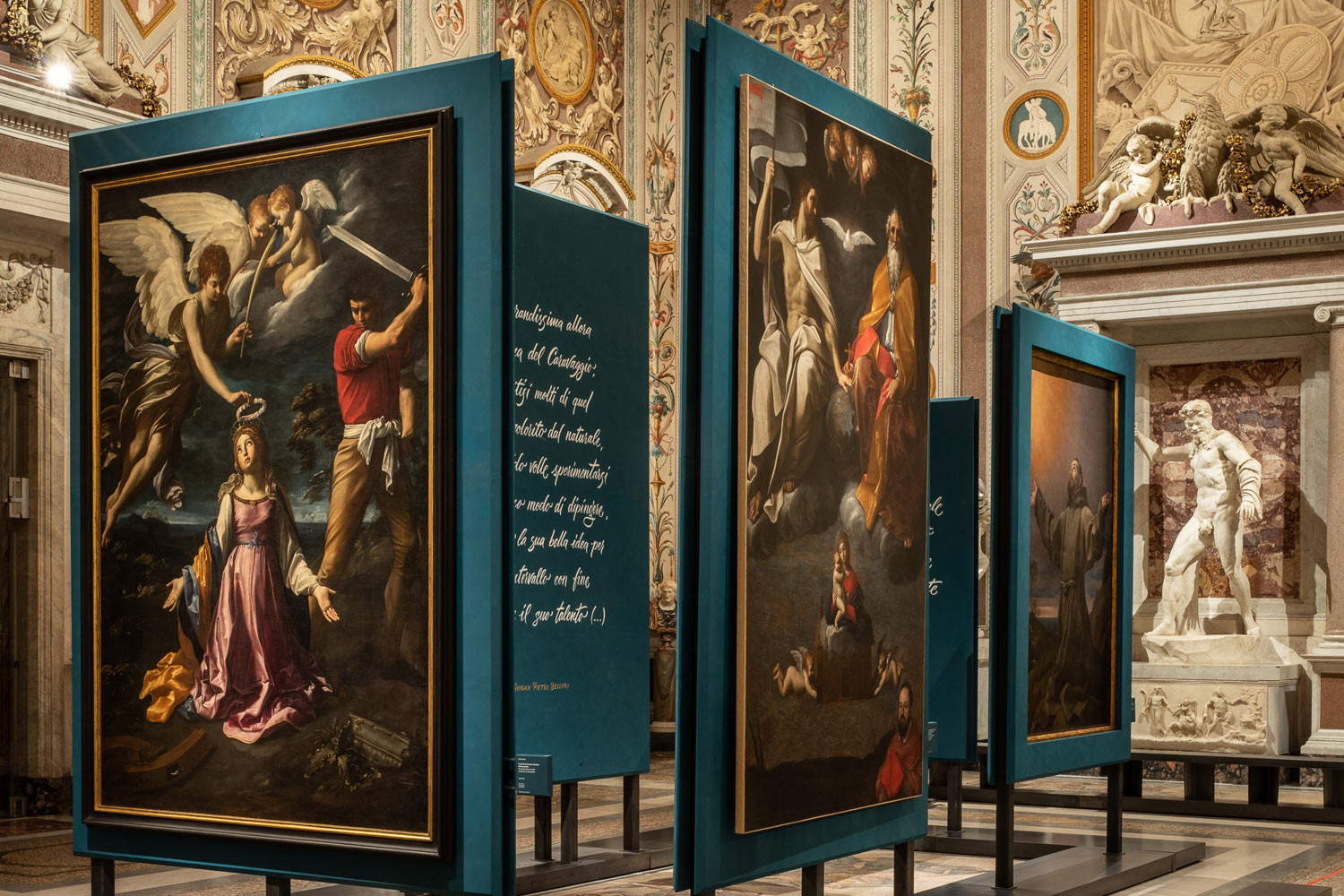
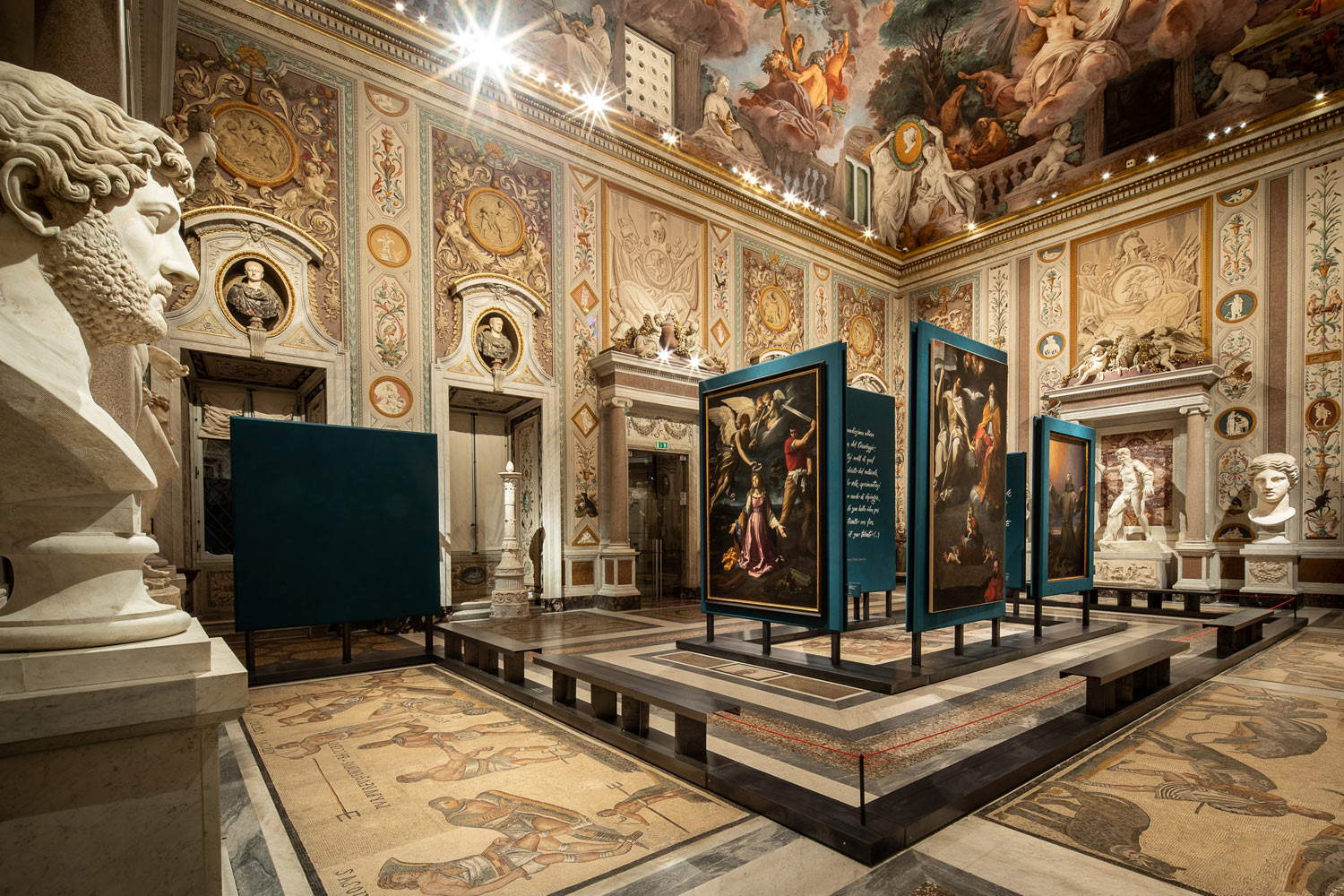
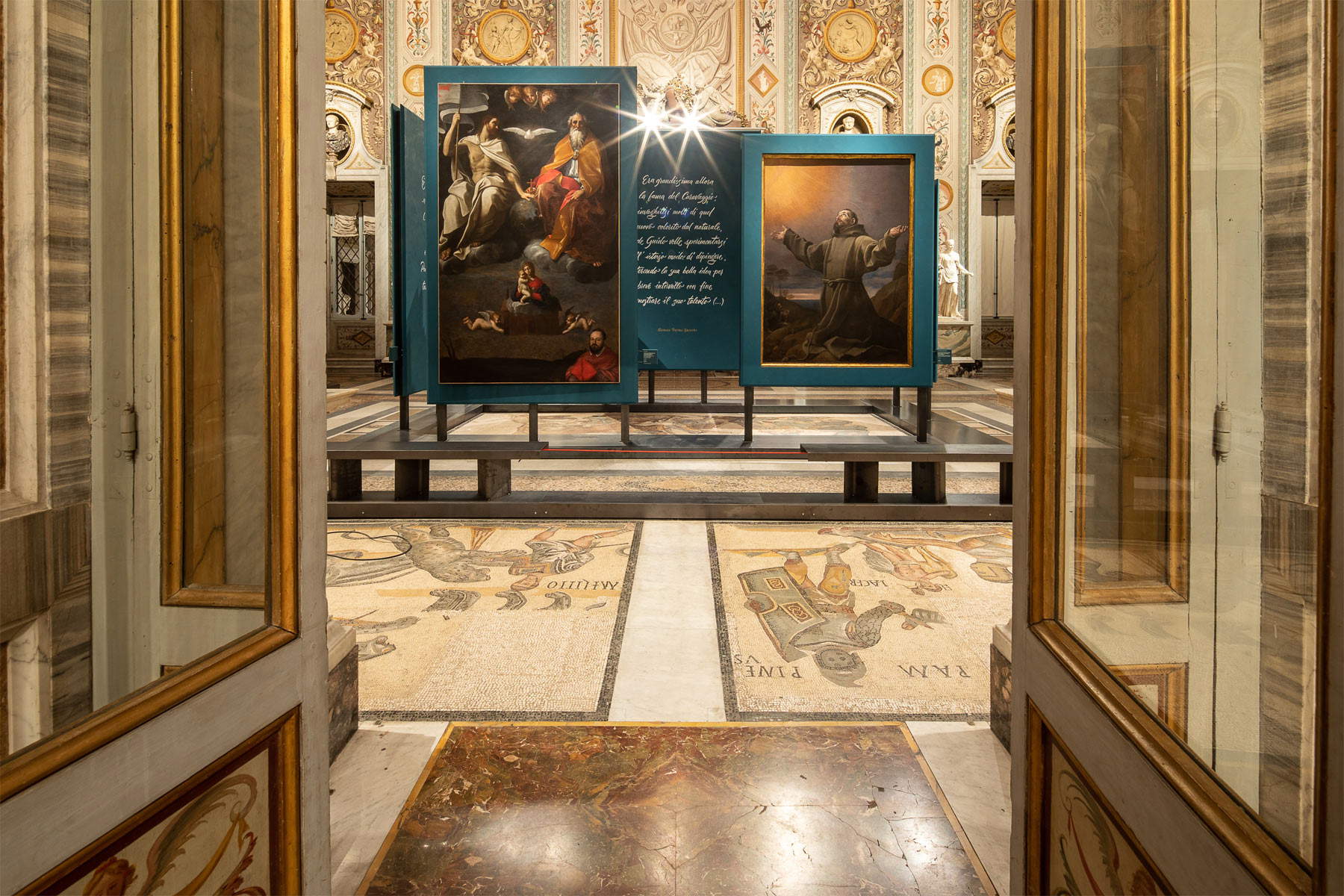
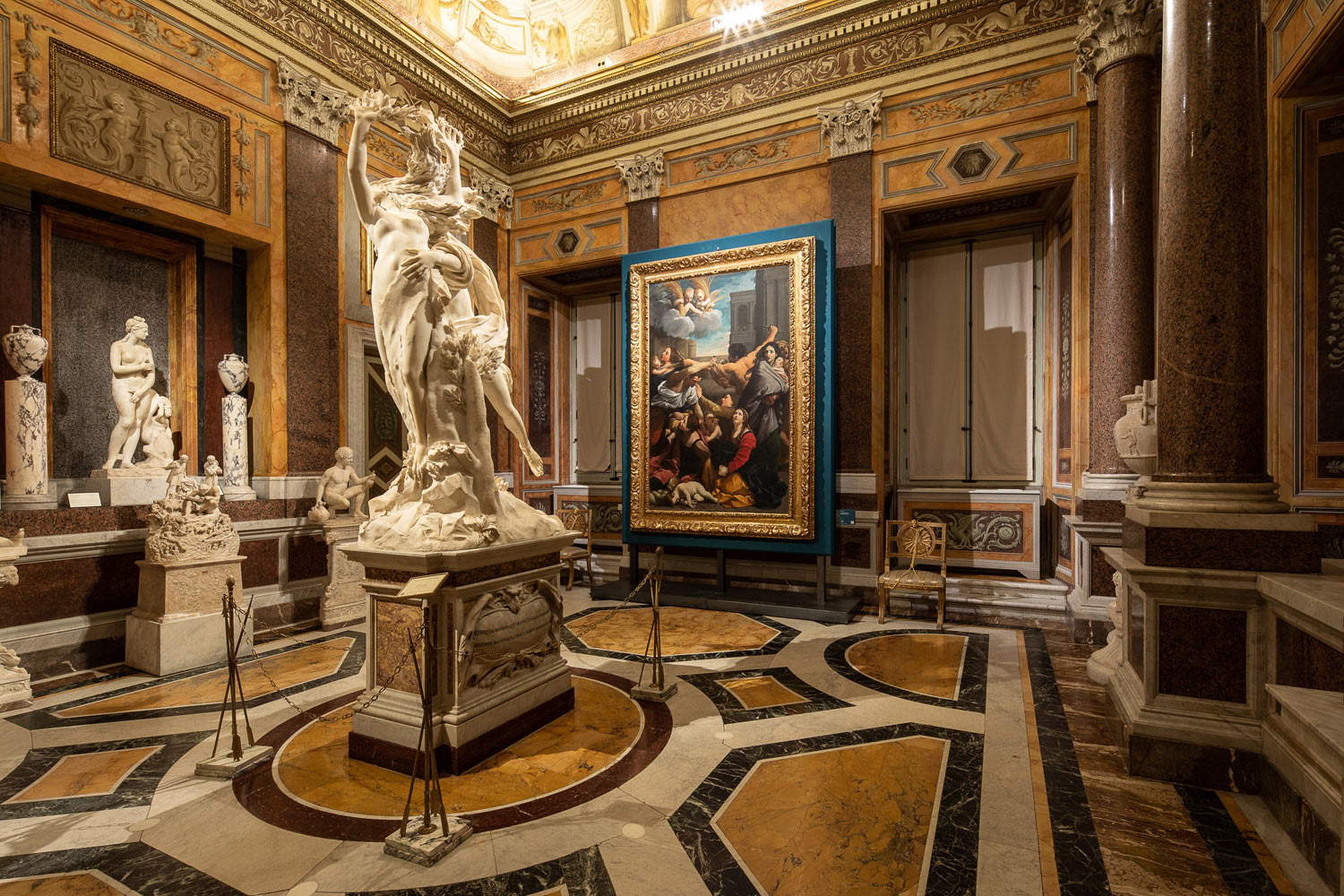
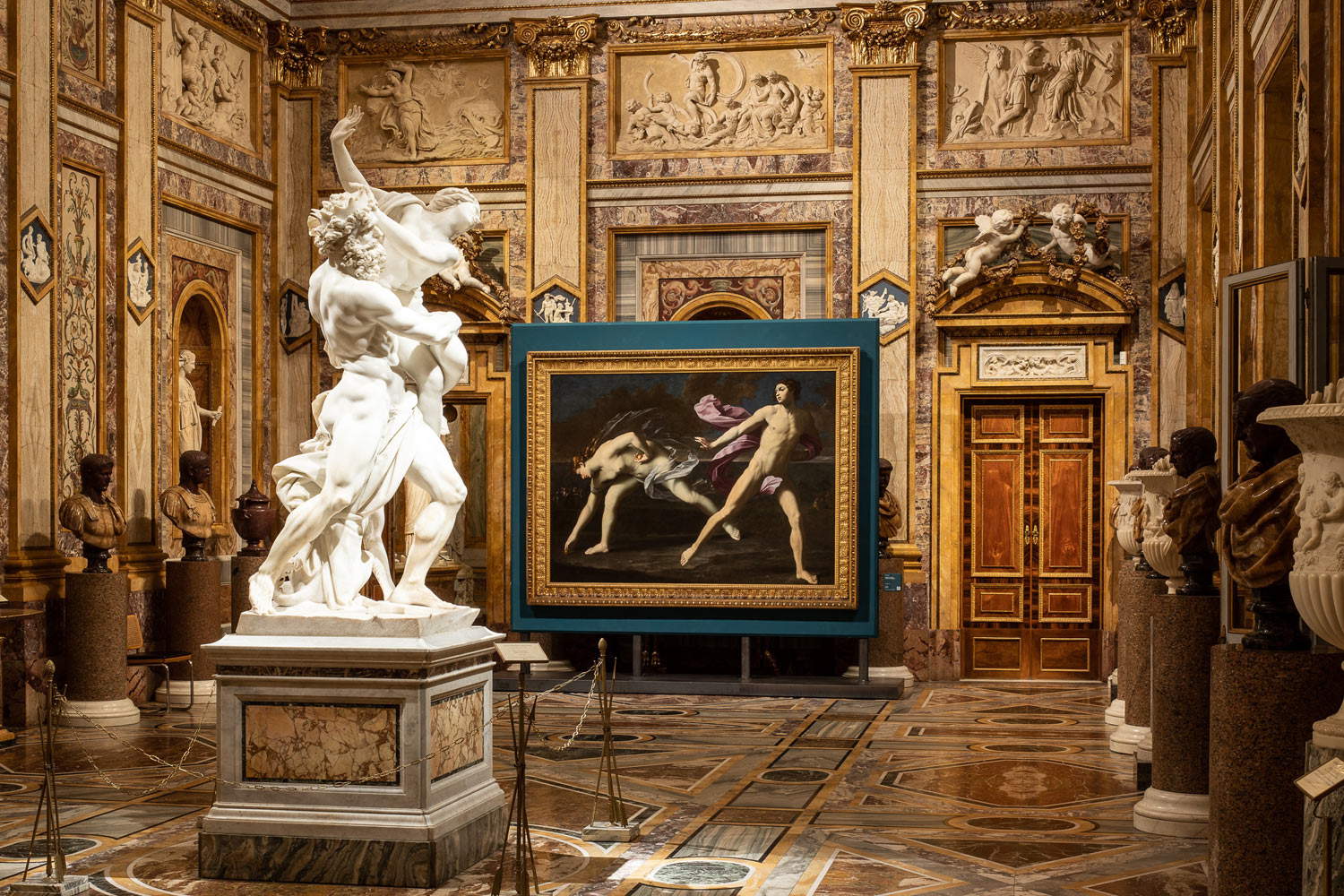
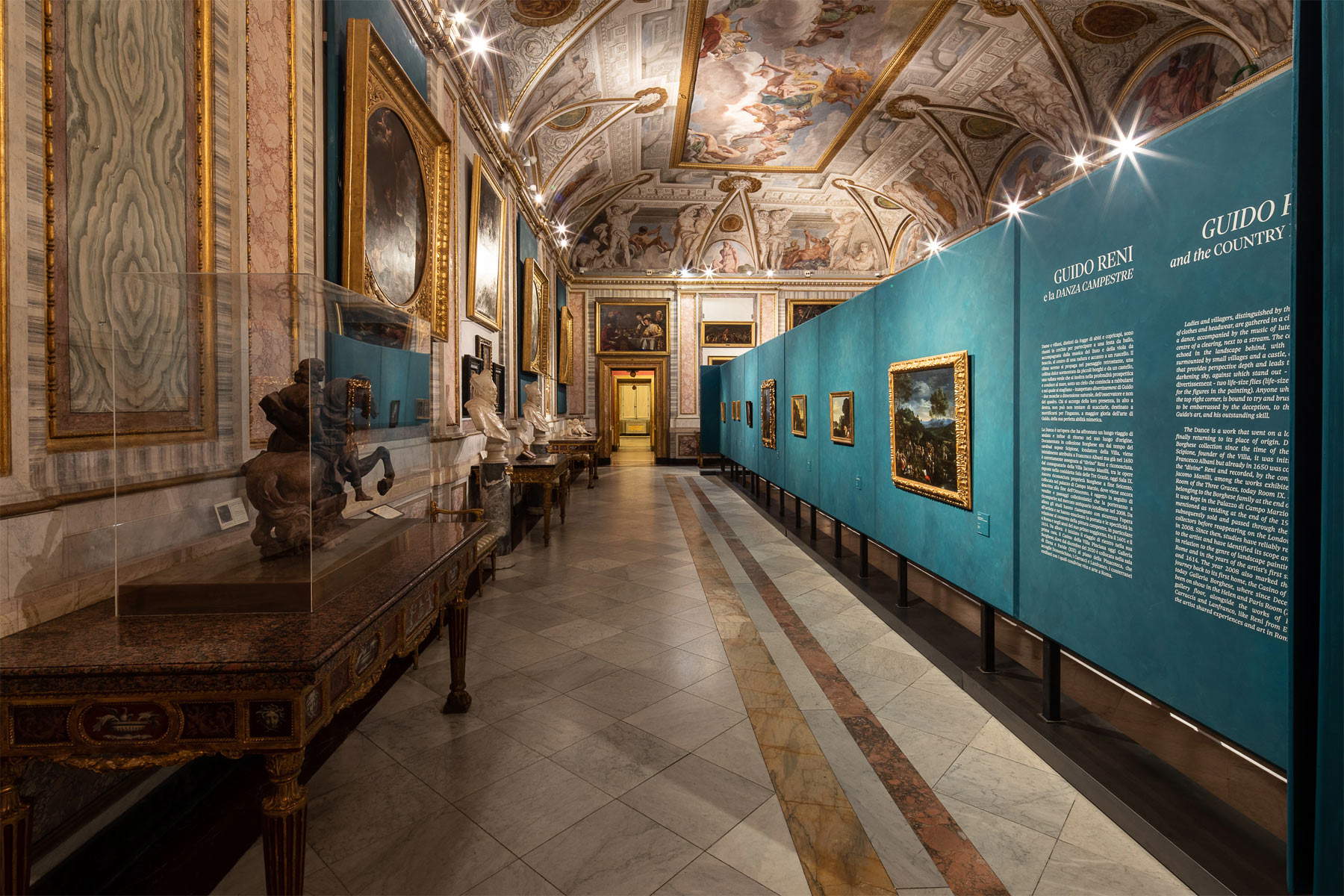
And so we come to the second, far more serious problem, a direct consequence of the first and the child of a wicked exhibition tradition that does not decide to wane. For years, especially in Rome, large-scale exhibitions have been set up in historic settings of enormous artistic importance, blithely disregarding the damage this choice causes to the enjoyment of such settings (and actually to the enjoyment of the works on display themselves, which risk getting lost in a riot of marbles and paintings or cannot be admired from adequate distances and vantage points). Thus is realized the paradox that represents the point of maximum crisis in the already strained relations between museums and exhibitions: the temporary exhibition that obliterates the permanent one, the exhibition that does not show but hides, the infamous elephant in the famous glassware.
For years, the Galleria Borghese, under the direction of Anna Coliva, has been the epicenter of this phenomenon, with a series of exhibitions in which the invasiveness of temporary displays has often been accompanied by the scientific and design inconsistency of the exhibitions (the masterpiece in this sense remains Caravaggio Bacon of 2009-2010). The Capitoline Museums have not wanted to be outdone by the Gallery, and on numerous occasions (certainly not only in conjunction with the visit of Iranian President Rouhani in 2016, which caused, rightly, so much stir) statues, frescoes, and inscriptions have been hidden from exhibition displays: think, for example, of how an absolute masterpiece like Algardi’sInnocent X was caged in during the Lux in Arcana exhibition (2012). It will be said that what we see now at the Borghese is nothing compared to these museographic crimes. And this is true, just as it is true that in this case the exhibition rests on solid scientific foundations and on the contribution of florid scholars, and Reni is a figure whose chronology and style fit well with the Borghese’s treasures. But one would finally like to see a decisive change of course: no more big exhibitions inside the villa, in the most absolute way. At most, the tiny in-depth ones mentioned above.
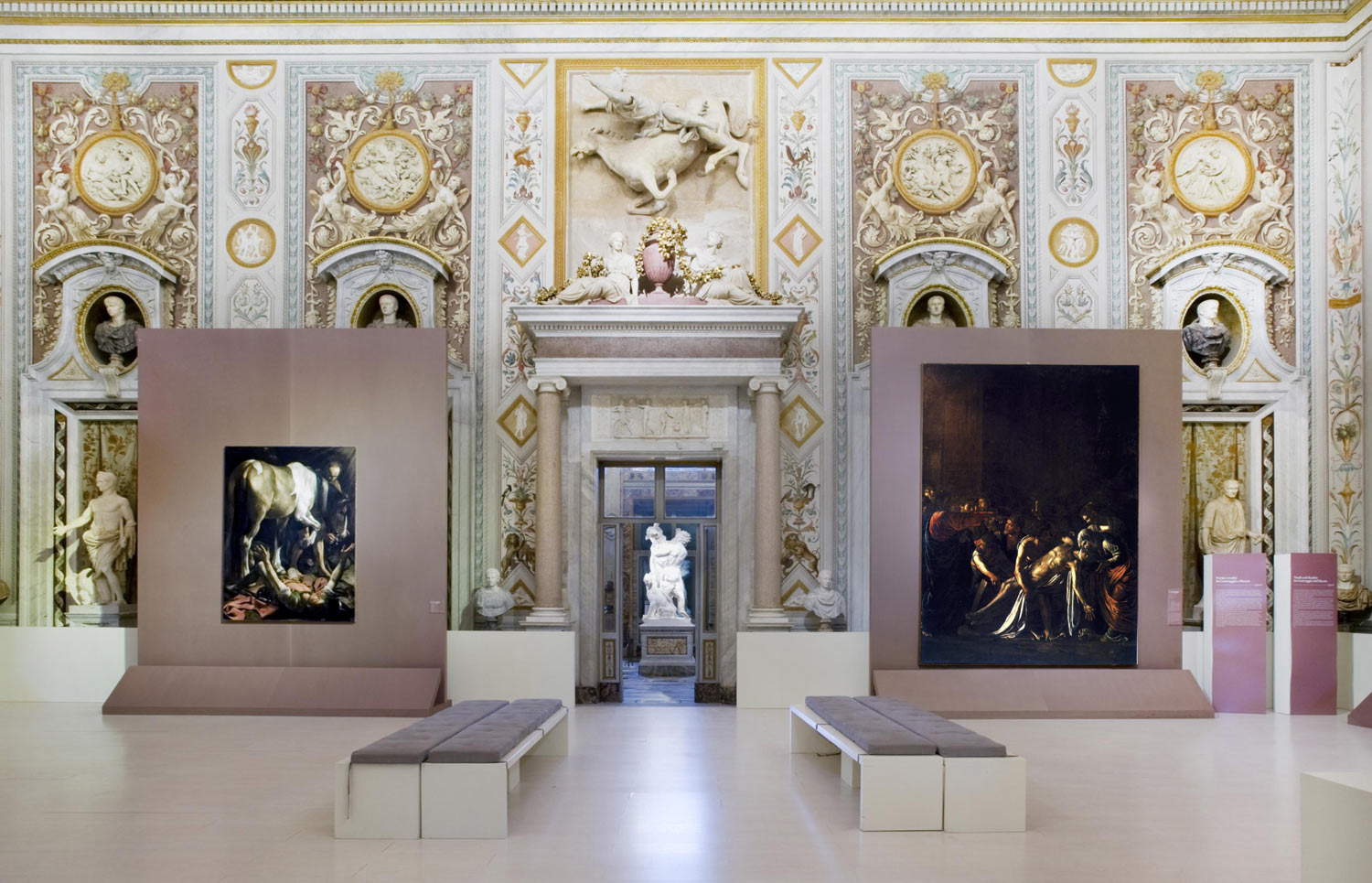
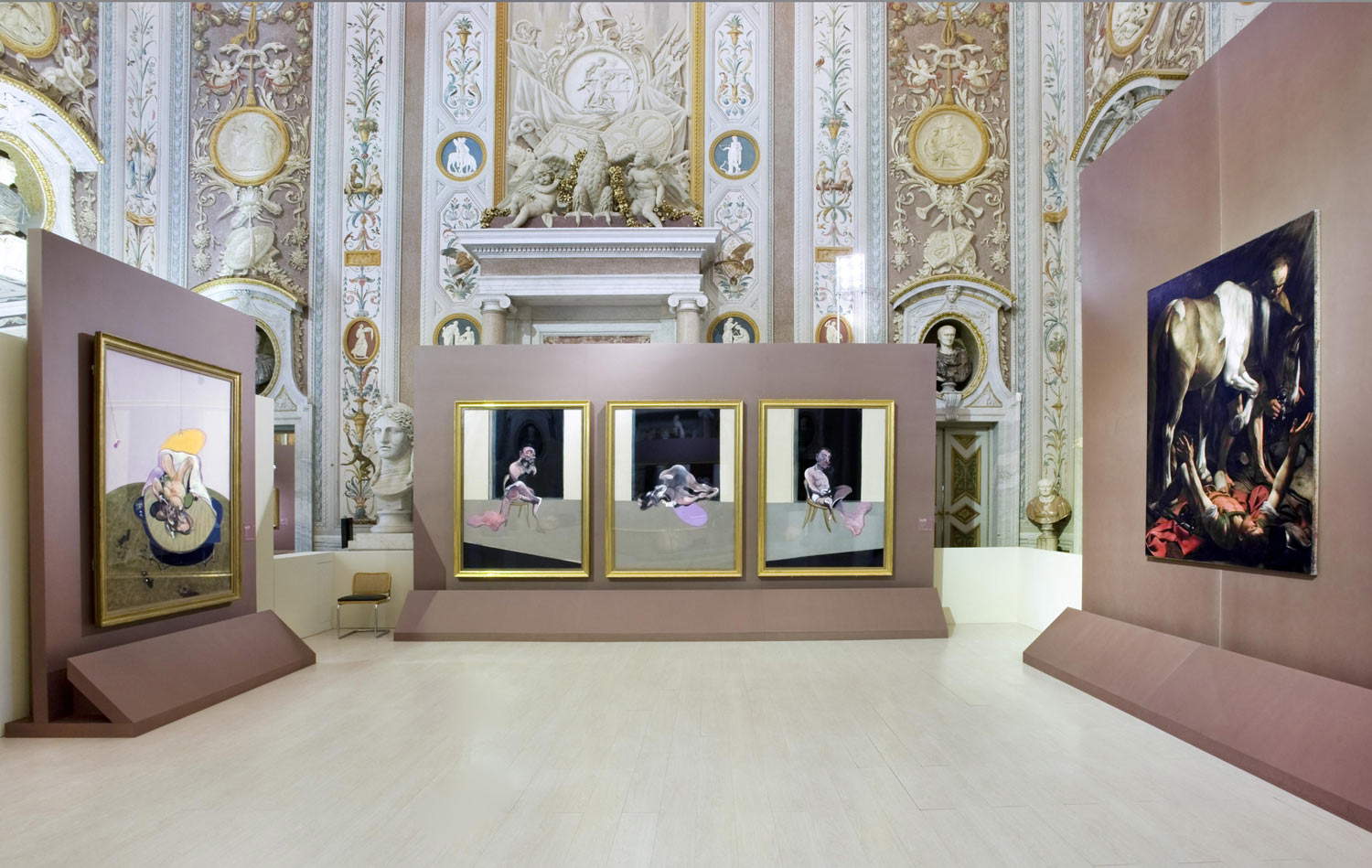
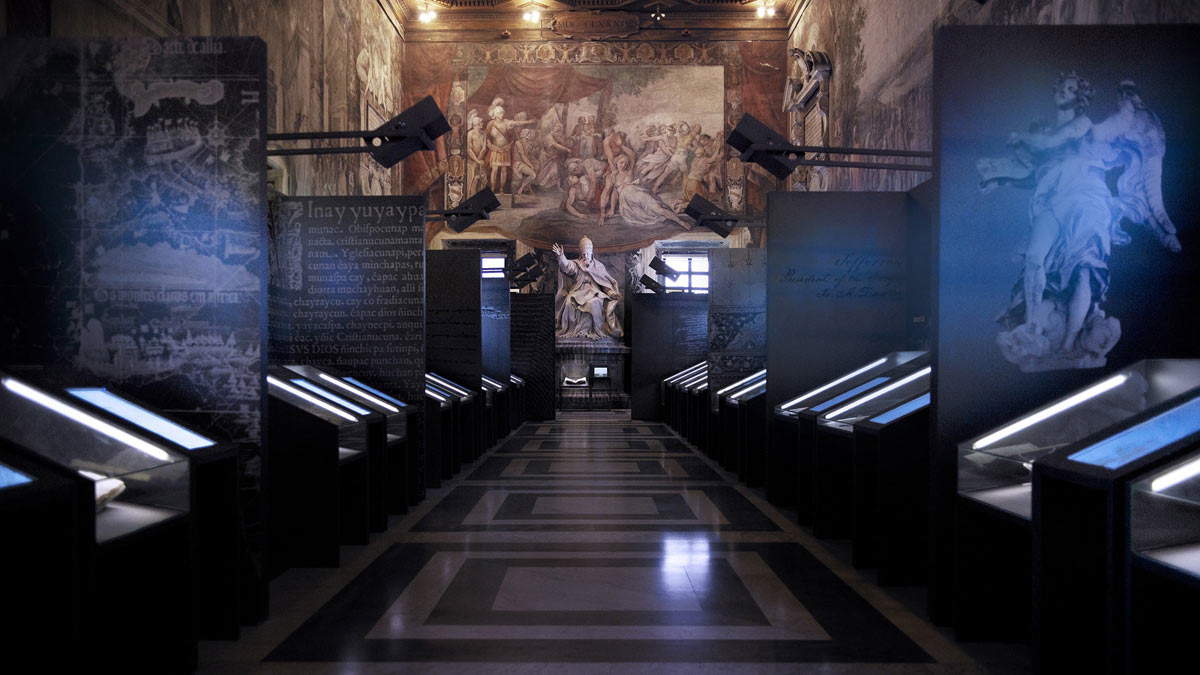
On the other hand, one can understand the desire to periodically renew the museum’s offerings through the staging of exhibitions (which, to be honest, one can understand up to a point: does a place like the Galleria Borghese, always visited for the famous masterpieces it holds, really have a continuous need for exhibitions to attract visitors?). Then, for more extensive and articulated reviews, one could take advantage of some of the buildings that dot the villa’s large park: buildings that are historic and valuable, but whose interiors are certainly not comparable to those of Cardinal Scipione’s residence. Think, for example, of the Casino dell’Orologio, which for years should have become the Villa Museum, intended to house the ancient sculptures once in the park (now replaced by copies), some of which lie in storage below the Museo Canonica; the casino could become (also) the site of temporary exhibitions. Or think of the Sundial Pavilion, the Bird House Pavilion, the Casino del Graziano: all buildings of considerable interest, currently little or not at all used or occupied by municipal offices.
Thus exhibitions of wider scope could be housed at various points in the park (possibly even with works temporarily taken from the Gallery); through ticketing coordinated with that of the main building, visitors could be encouraged to visit the exhibitions as well, after having ’feasted their eyes’ on Raphael, Bernini, Canova. Provided that no one is forced to indigestion: the desire to promote even the ancillary spaces (and to have more revenue) should not infringe on the rights of those who want to visit ’only’ the magnificent halls of the villa, finally free from abortive intrusions. Therefore, provision should also be made for the possibility of buying a ticket for just visiting the Gallery, as well as, for those who perhaps are from Rome or happen there often and do not have time to return to admire theApollo and Daphne, the possibility of entering only the temporary exhibitions.
Warning: the translation into English of the original Italian article was created using automatic tools. We undertake to review all articles, but we do not guarantee the total absence of inaccuracies in the translation due to the program. You can find the original by clicking on the ITA button. If you find any mistake,please contact us.